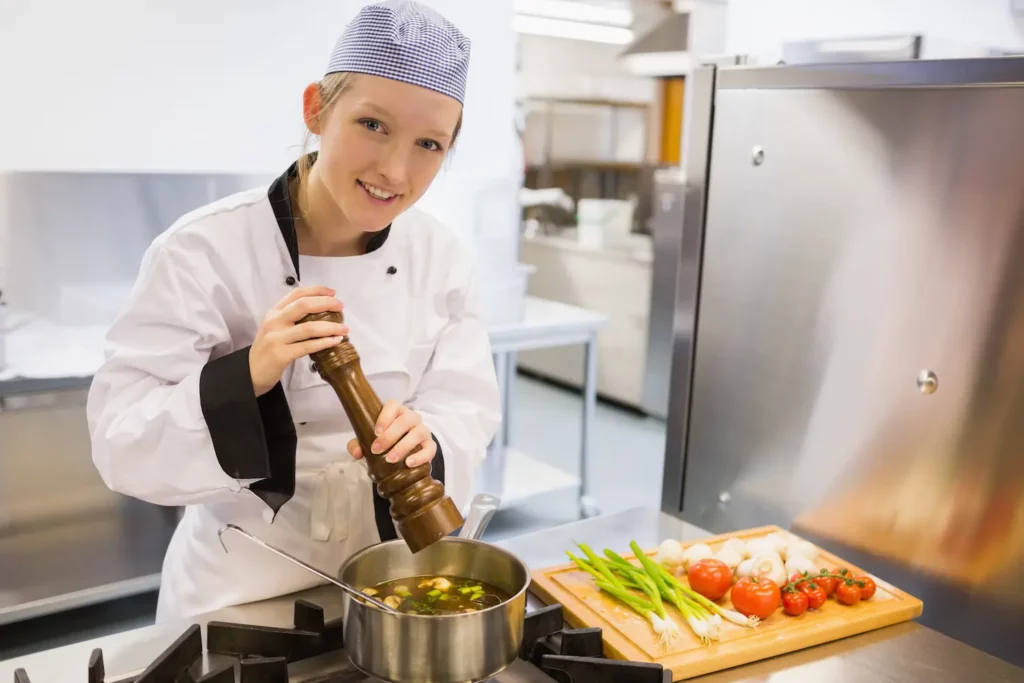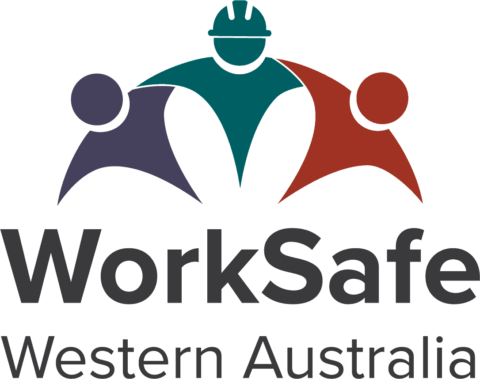Hospitality
Industry Module
The hospitality industry employs a large proportion of young workers and offers lots of exciting opportunities to build skills and gain experience. Many young people work part-time or casually while studying, often covering shifts at night, on weekends, and public holidays.
Working in this industry means providing customer service in places like restaurants, cafés, coffee shops, hotels, motels, catering operations, clubs, pubs, and event venues.
18.6%
Be Aware
of work-related injuries in this industry involve young workers.
That's nearly 1 in 5 .
Serve smart. Stay safe.
Module structure
7 Sections
Each with a quiz, followed by a fun ‘Spot the Hazard’ industry simulation.
30 to 34 Minutes
Estimated learning time
100% pass required, but don’t worry, you get unlimited attempts.

Working in the hospitality industry can be dangerous
Some of the common roles for young people in hospitality are:

Food and Beverage Attendant
Serve food and drinks, take orders, clear tables, and assist customers in restaurants, cafés, pubs, clubs, and event venues.
Catering Assistant or Function Attendant
Help set up, serve, and clear food and drinks at functions, parties, and large events.
Kitchen Hand, Cook or Apprentice Chef
Assist with food preparation, cooking, and kitchen cleaning in restaurants, cafés, and catering operations. Apprentice chefs gain experience while training on the job.
Waiter or Waitress
Provide table service, take orders, serve meals and drinks, and ensure guests have a positive dining experience.
Bar Attendant
Serve drinks and snacks, take orders, and provide friendly service at pubs, clubs, and bars.
Café Attendant or Barista
Prepare and serve coffee, tea, and light meals, while keeping the café clean and welcoming.
Front Office Assistant or Receptionist
Welcome guests, handle bookings, and provide information at hotels, motels, or accommodation venues.
Porter or Room Attendant
Help guests with luggage or clean and prepare guest rooms in hotels and motels.
Whether you’re making coffee, serving food, greeting guests, or setting up for events, hospitality is fast-paced and full of variety—but it’s important to stay safe on the job.
Statistics
Top incidents causing injuries
These are the top 10 incidents causing injuries to young workers in the hospitality, based on a five-year average.
More health and safety hazards to look out for
Electrical safety
Fire hazards
Infectious diseases
Working in hot conditions
Violence and aggression
Fatigue
Source
WorkCover WA claims data (2019–20 to 2023–24p), analysed by WorkSafe WA, 2025.
Notes
- Calculations are based on a five-year total from 2019-20 to 2023-24p.
- Percentages are based on all incident types; totals may not sum to 100% due to rounding or overlapping categories.
- Injuries are measured by the number of LTI/Ds (lost time injuries/diseases), defined as one or more days/shifts lost.
- The SmartMove hospitality industry is classified under ANZSIC 2006 – Subdivision 91:
- 4400 Accommodation
- 4511 Cafes and restaurant
- 4513 Catering services
Build your safety smarts?
Start SmartMove to build your safety smarts, protect yourself, and look out for your team while working in hospitality.


